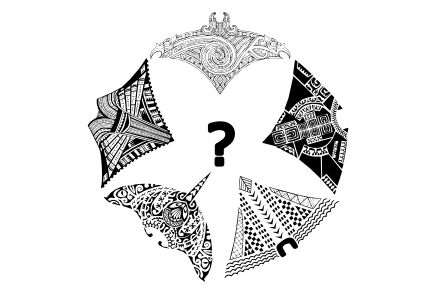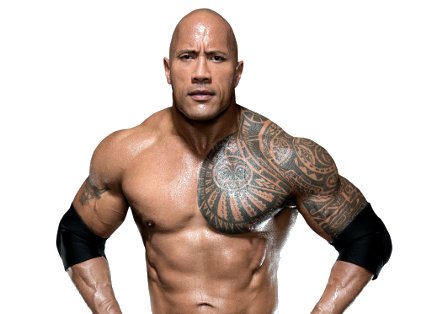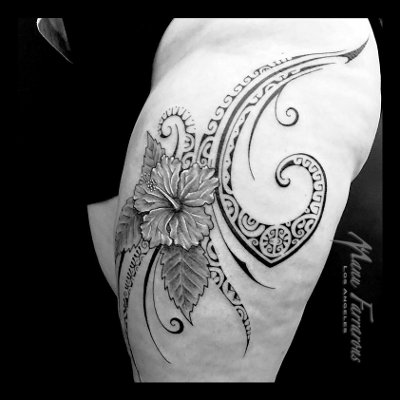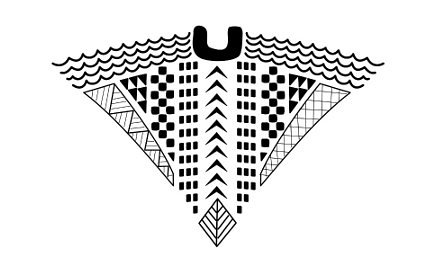
Paraphrasing a famous quote, not all tattoos are made equal--
Since the Maori rugby team, the All Blacks, took the world of rugby by storm, aspects of their culture like the haka and tattoos have come into the spotlight. This was good on one side, but also caused most people to call any tattoo coming from the Pacific Ocean as "Maori".









